The microBootlegger is an elegant, cedar-strip boat that is a joy to paddle and draws compliments every time I take it out. Designed by Nick Schade of Guillemot Kayaks for use on small lakes or sheltered bays, it was inspired by a 1924 mahogany speedboat named BABY BOOTLEGGER as well as by Henry Rushton’s double-paddle canoes. Nick calls it a “roomy, efficient tandem kayak,” but I usually propel it with a single-bladed canoe paddle. Most people who ask me about the boat are equally confused as to whether it’s a kayak or canoe, and I use both terms for it.Building the microBootlegger was my initial foray into boatbuilding, and the choice of this design was as much due to its stunning classic styling and aesthetics as to the fact that it can accommodate a second paddler and/or a small child or two to share the paddling experience.The slightly raked forward bow and stern stems accented in quilted maple against the dark cedar, along with the contrasting maple waterline strip, give this canoe hints of the early 1920s mahogany speedboats. People have asked if the canoe is old and have remarked that it looks like a Chris-Craft or “the Rolls-Royce of canoes”—nice reinforcement for a first-time builder, and a compliment to the creativity and style of Nick’s design.
Join The Conversation
We welcome your comments about this article. If you’d like to include a photo or a video with your comment, please email the file or link.

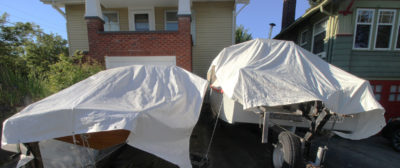
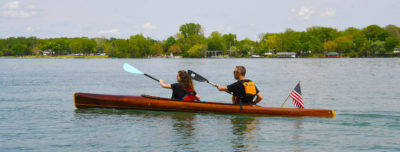

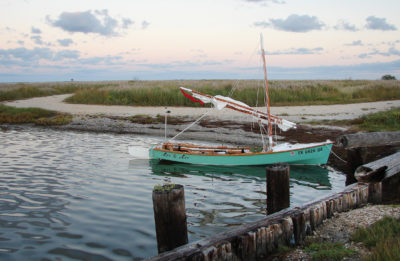
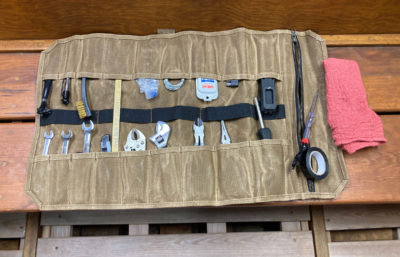
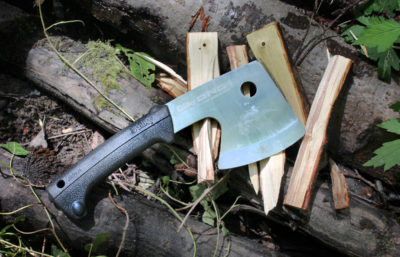
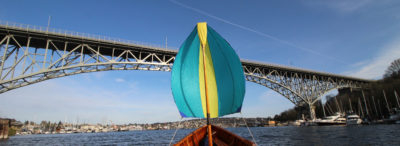
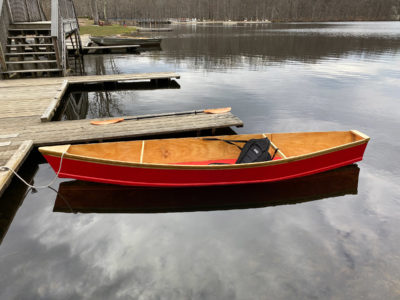
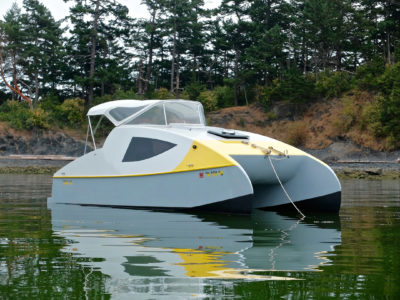
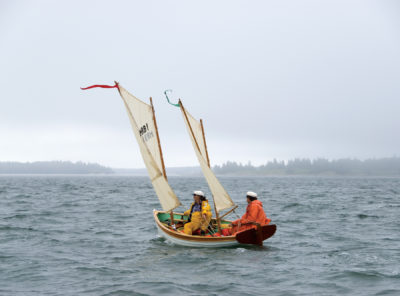
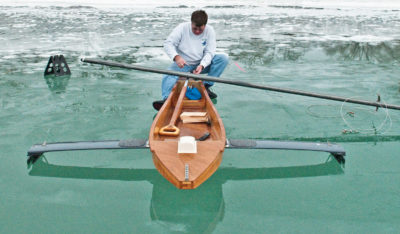
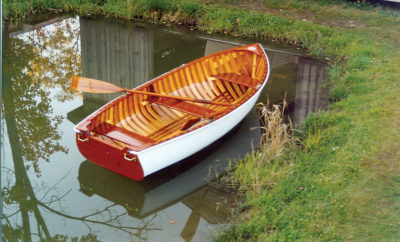
Cool story. Well written and insightful from a design point of view. I learned a lot.
Wow. What an impressive build, much less for your first. I loved the design insights and the clever bulkhead solution.
Yes, much nicer than my first build as well.
I especially like the bow and stern tie-down solution; very elegant.